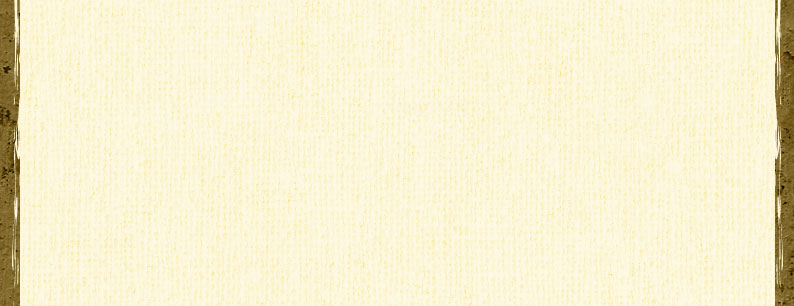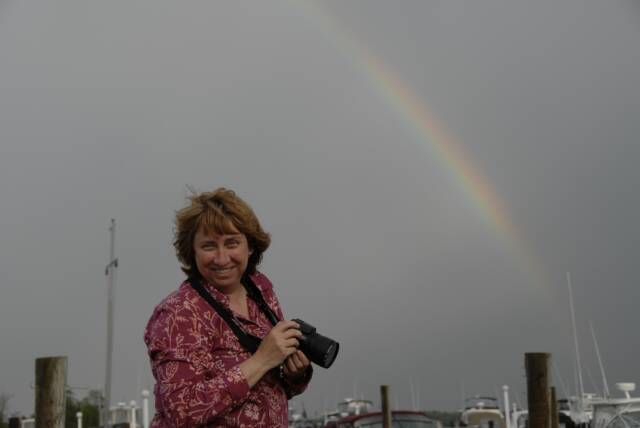






Review Questions
1. How do you select (activate) tools in Photoshop?
left click on tool icon, and use the Tool Option Bar
2. How do you access hidden tools? in Windows, hold down the ALT key while clicking the tool icon
3. What would you need to do if you quickly wanted to re-size the canvas back to a 100% view if you were zoomed in or out?double click the zoom tool
4. Where would you adjust individual tool settings?
Tool Options Bar
5. What tool would you use to communicate between clients or service bureaus regarding your file? Use the Notes Tool
6. If you wanted to restore your palette locations to their default settings, how would you do this?
Menu Bar /Window /Workspace / Reset Palette Locations
7. If you can't see a particular palette on your desktop, how would you bring it up?
Window menu, or the keyboard shortcut
8. What is a context menu and how do you activate one?
context menus offer commands that pertain to the current active tool, palette or selection. For Windows-Right Click anywhere on the canvas to activate
9. Explain what a pixel is. A pixel is a small colored square arranged horizontally and vertically t0 making up the foundation of any digital image
10. How do you measure the resolution of an image? Image resolution is measured by multiplying the height in pixels by the width in pixels; print resolution is measured in Pixels per Lineal Inch (PPI)
11. Describe the differences between Resizing and Resampling when working with resolution. Risizing refers to changing outside dimensions of an image. Resampling refers to changing the number of pixels in an image.
12. True or False: The Sharpen filter is the best way to sharpen an image. Why or why not?
The Smart Sharpen Filter gives the most control
13. Describe two ways to change the outside dimensions of an image in order to create a thumbnail. 1- Resize using Menu Bar/ Image/ Image Size with 'Constrain Proportions' off.
2- Edit /Transform /Scale, maintaining aspect ratio and click/drag handles around image
14. True or False? It's OK to save a new version of a JPG over an older existing version. Why or why not? False because this will degrade the image; JPEG only once after you are done adjusting an image, as the JPEG compression is a lossy process that deletes image data during compression and cannot be reversed. You should save your final adjusted image in PSD format before you create your JPEG.

Intuit/Homestead's FTP address:  ftp.homestead.com
ftp.homestead.com
Photoshop Level 1 G301.41
Week 1
Review Questions
1. What are the five main sections of the Photoshop work area? toolbox, tool options bar, palette well, palettes and the menu bar.
2. How would you reset your Palette locations?
Select Window /Workspace /Default Workspace.
3. How would new Photoshop users activate the Tool Tips command? Menu bar / Edit / Preferences / General /Show tool tips (on)
4. Where can you change how your cursor is displayed for different tools? Menu bar /Edit /Preferences /Displays and Cursors
5. I want to add an additional Plug-in Directory. What would I have to do to activate this? Go to the Plug-ins and Scratch Disks Preferences window- Menu bar/Edit/Preferences /Plug-ins and Scratch Disks and select Additional Plug-Ins Folder
6. If you want to record a log of all the edits you perform on an image, where would you activate this function?
Menu bar/Edit /Preferences /General. Select History Log.
7. What does it mean if you are working on a large Photoshop file and see the alert, "Your scratch disk is full"? What are some of the solutions available to you? It means that the drive you have designated as your scratch disk is full. You can reassign the scratch disk to another location or Defrag and optimize the drive .
8. What are some of the advantages of using the file browser instead of a desktop folder? It is faster, and makes all the data available for quick access
9. Describe the difference betwee a flattened PSD file and an unflattened PSD file. Why would you use one form over the other? A flattened file has compressed all the layers into the background. An unflattened file retains the layers so they can still be worked on. It is easier to transfer a flattened file.
10. Describe two ways to create images in Photoshop. You can create something from scratch or you can import an image and work from there.
11. I want to specify that my file be saved with all layers, with annotations and as a copy. Where would I administer these commands? File/Save As
12. Where would you find subcommands for menu items such as file, edit, etc? under each item on the Menu bar- File/Save, Edit/Copy, View/Zoom
13. What does a small black triangle in a Menu subcommand indicate?
A submenu command/more options.
14. What do three small dots after a menu subcommand mean?
There is a dialog box where changes and values can be entered.
15. How do you bring up the Status Bar? it is at the bottom of an active window,
16. If I wanted to check the amount of RAM and scratch disk used ot process my image as I work on it, where would I look? On the Status Bar click on the arrow/ Show /Scratch Sizes.
17. What are some of the benefits to using the Status Bar while you work on a file? It shows information about the file size, the percent zoom the image as you see it, measurements.
18. What file format is most used for continuous tone images that are prepared for web use? JPG
19. If you wanted to create an animated image or a transparent image for a web site, which file format would you save as? GIF
20. What file formats will preserve layers in your file?an unflattened PSD or TIFF
21. What are keyboard shortcuts and why would you want to use them? keystrokes that access menus . They are a faster way to work.
22. If you want to create your own custom keyboard shortcuts, how would you go about doing this?
Menu Bar /Window /Workspace / Keyboard Shortcuts and Menus.
23. Where can I quickly find keyboard shortcuts for menu bar commands? next to each command in the menus or the list in the back of the book.